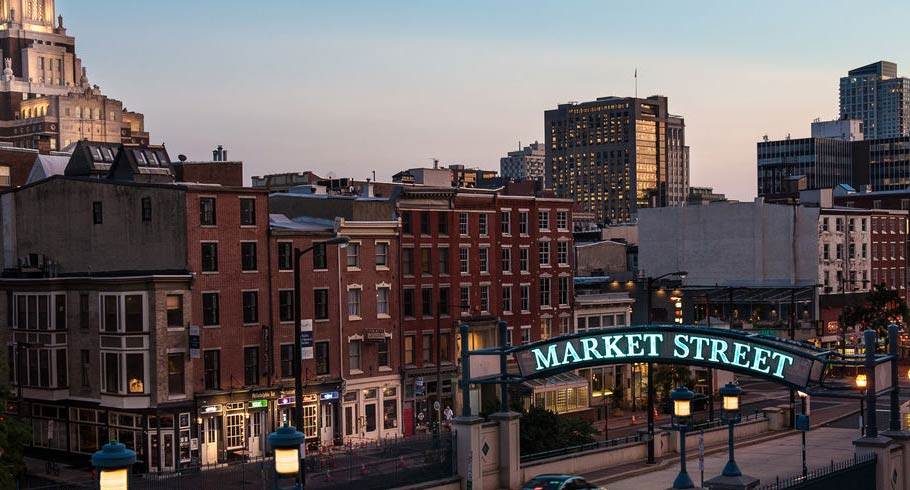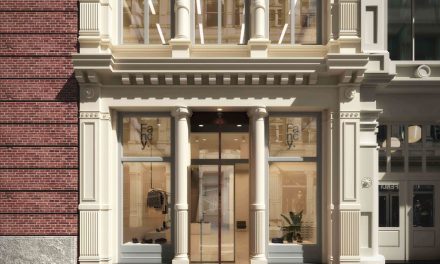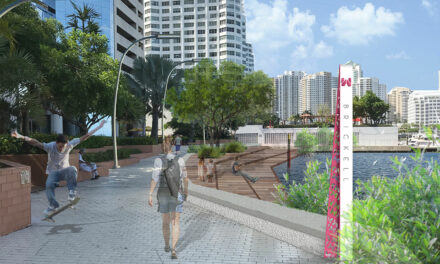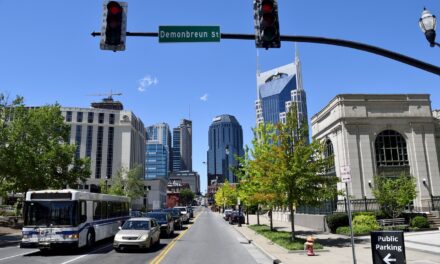NV5 Global Inc., Hollywood, Fla., announced the completion of master planning for the “transformation” of Philadelphia’s Old City historic district, a long-term redevelopment program that will extend over the next decade.
The plan, named “Vision2026” in anticipation of the 250th anniversary of the signing of the Declaration of Independence, seeks to encourage pedestrian traffic, expand public spaces, attract neighborhood retail, and improve connectivity to adjacent neighborhoods.
“While several themes figure prominently in the report, the overarching objective presented in the plan is to make Old City more of a walking district, particularly on Market Street between Penn’s Landing and 4th Street, by adding additional green open spaces and cultivating vacant properties to enhance local business activity,” reports PhillyVoice.
“Vison2026 charts a course to continued economic development by defining how density can be accommodated without compromising historic character, shifting transportation priorities in favor of walkable urbanism, and identifying opportunities for world-class civic space in America’s first World Heritage City,” said NV5 Project Manager Jonas Maciunas.
NV5 said the master plan contract was won by the Planning and Urban Design Team at RBA Group/NV5 and included collaboration with the NV5’s landscape architecture and transportation engineering divisions.
The Vistion2026 plan is a collaboration of the public-private group Old City District, RBA Group, Urban Partners, and Atkin Olshin Schade Architects.
The Old City District of Philadelphia, sometimes called “America’s most historic square mile,” encompasses Independence Hall and the Liberty Bell, among other significant historic buildings and sites.
Vision2026 was recently featured in a Philadelphia Inquirer article by architecture critic Inga Saffron. Saffron called RBA/NV5’s plan to support economic development by focusing on quality of life and the human scale “a profound shift in thinking.” Ian Litwin, central district planner for the Philadelphia City Planning Commission, called the plan was “visionary, yet achievable in incremental steps.”





